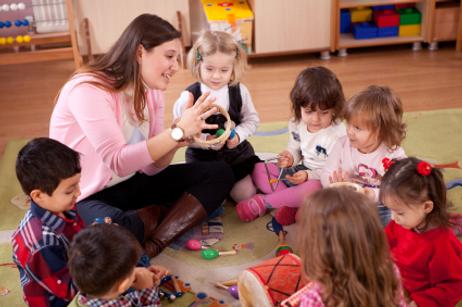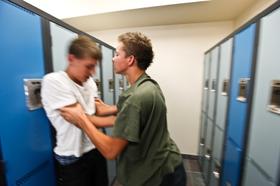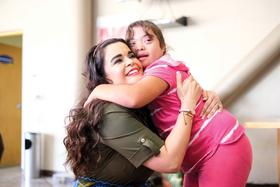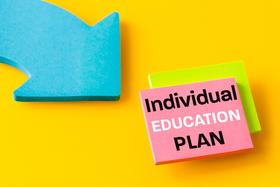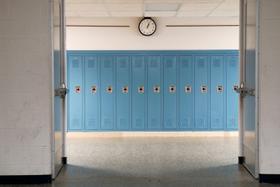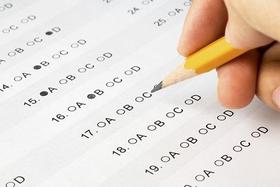Could public preschool benefit your children? The school districts in Georgia and New York do, and they subsequently have created a universal preschool curriculum for four-year-old students.
While many parents, teachers, and communities debate the benefits of a public-wide preschool, many states are considering mandated and/or government-supported programs for young children and families.
Why the Public Preschool is Gaining Attention
Political Base states:
鈥淪tate-funded public preschool is usually a means-tested program that provides early education to 3 and 4-year-olds. The goal in providing subsidized public preschool for low-income families is to provide a stable environment for young children during a crucial age of development.鈥� Essentially, since lower-income families cannot always provide sufficient child care, 鈥渢heir children would be left at home. For many, this means unstable environments and T.V.s instead of teachers. It may also force single parents to stay home to raise children instead of work.鈥�
As a result of these struggles, many states are implementing government-funded schools and educational programs to provide lower-income families with added assistance. Building on this framework, the state-mandated preschool programs are also ideally intended to provide families of all financial backgrounds with more supportive educational options for children of a younger age.
The Benefits of Preschool
One of the most significant benefits of publicly mandated preschool programs is ensuring that lower-income families have opportunities to enroll their children in early education programs while saving on the often expensive costs of preschool and childcare programs. As policy

